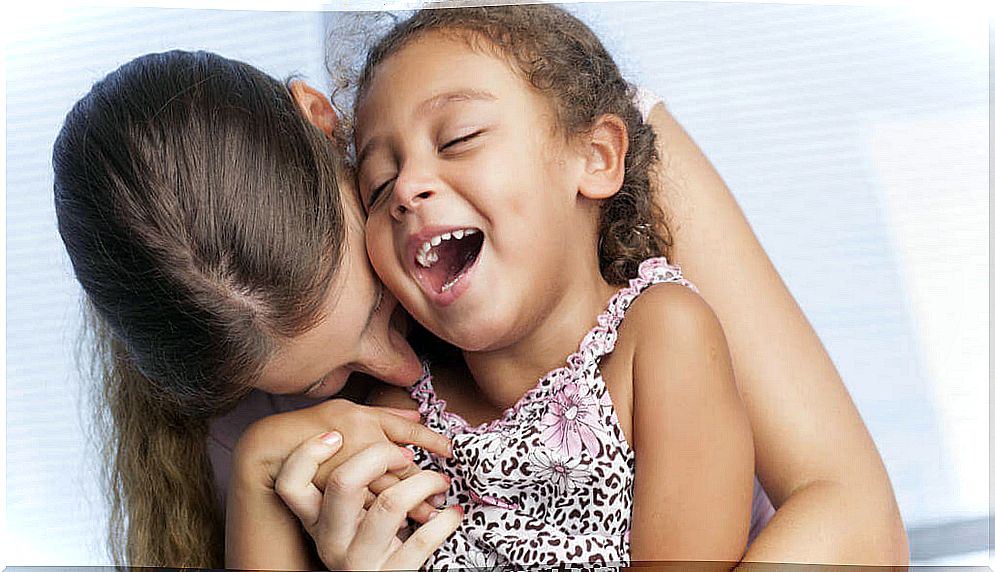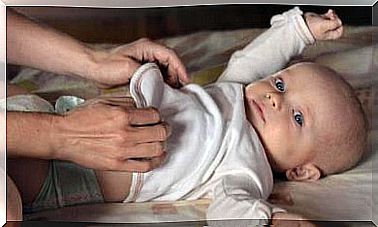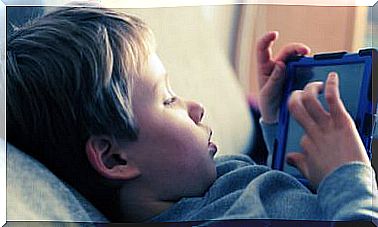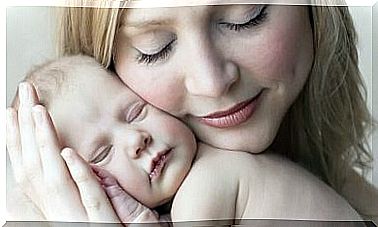What Can Trigger Personality Disorders In Children?

Personality disorders in children cannot be diagnosed before the age of 18, but it is during childhood that symptoms are triggered that can end up leading to a personality disorder in adulthood.
To analyze these symptoms, it is important to take into account the evolutionary moment in which both children and adolescents are. It is important to distinguish what is expected and what is not in the stage of development in which children are.
During childhood, we have to give importance to the attachment style and the bonding relationships with children, since their correct development of the personality will depend on this. Do you want to know more about this topic? Keep reading.
Personality disorder in children: attachment and bonding relationships
When we speak of attachment, we refer to the need that children have for emotional connection and closeness to their parents or primary caregivers. This is established in the first years of life of the little ones.
Depending on our attachment style, we will develop a way of relating to others, and this is what we call bonding relationships. It is important that we relate both to the stages of children’s emotional development.
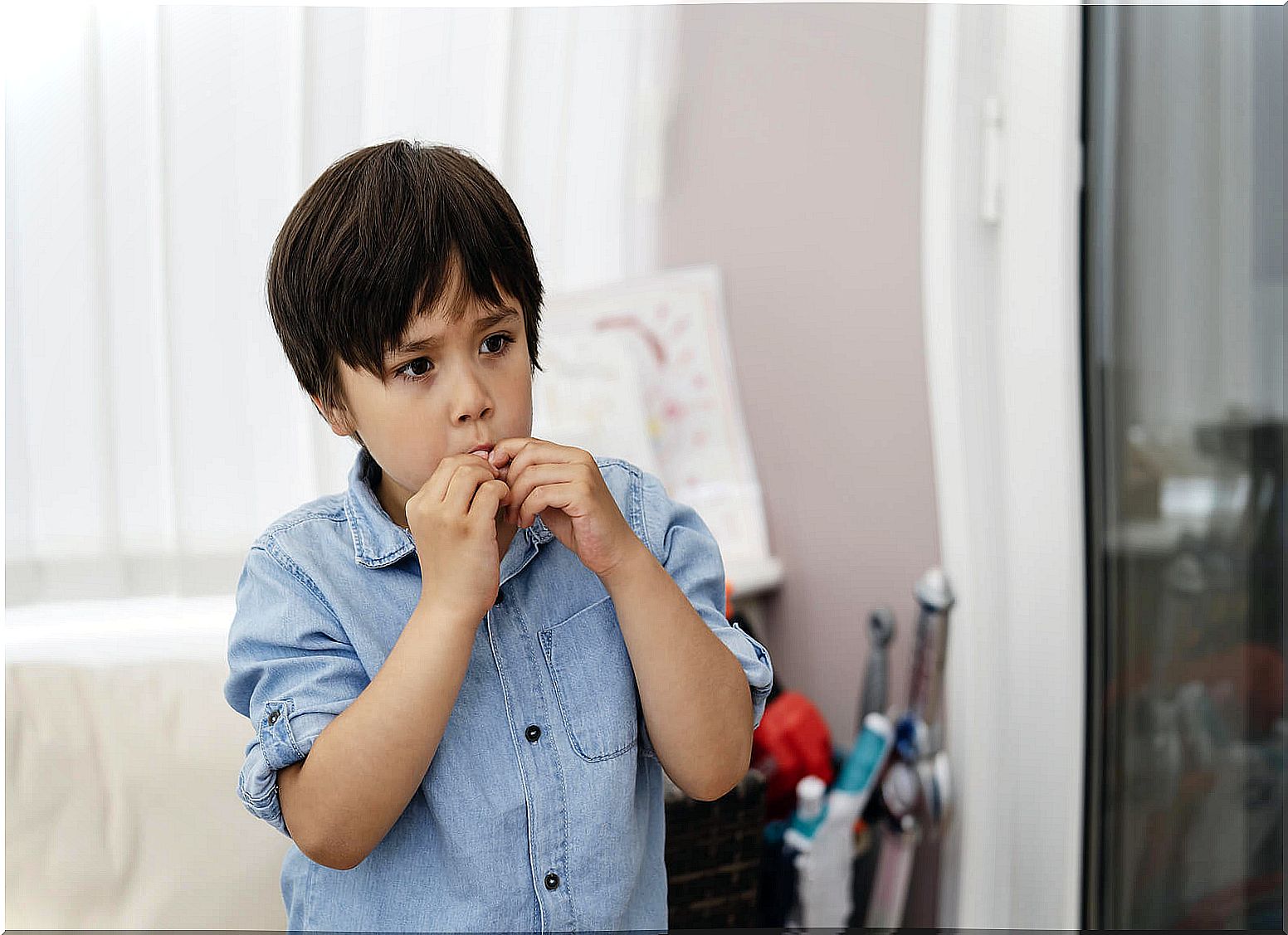
Personality disorders in children: stages of emotional development
There are four important stages in the emotional development of the little ones:
- Early childhood : from pregnancy to 7 years.
- Second childhood : from 7 to 10 years old.
- Early adolescence : from 10 to 15 years old.
- Adolescence : from 15 to 18 years old.
Depending on the developmental stage in which the child is, he will act in one way or another, and his way of acting will always be related to the dependency-independence continuum.
When the child is in early childhood, he is completely dependent on his parents or main figures, and their survival depends on them. At this stage, parents have an important function, since they will be their source of emotional regulation.
The little ones, at this stage, seek security in their parents to explore the world, that is, to be protected and supervised from a distance. If this is not the case, we enter into overprotection.
Children, when they are afraid, need a place to take refuge, to feel protection and calm. When parents are not able to provide this to their children, that is when the problems begin. In this way, we must know what is expected of children at each evolutionary moment in order to be able to detect any problem in the future.
Personality disorders in children: bond breaks between parents and children
At what point are parents unable to emotionally regulate their children and what are the consequences of this? Three cases can arise:
- When children are overprotected and their ability to explore the world has been limited, we have prevented them from being independent. Parents convey the worldview to them as a threat, and we would call this insecure anxious attachment.
- After the exploration phase, the little ones look to their parents for a refuge, but, if they do not know how to help them regulate their emotions and protect them, this emotional breakdown will lead the child to develop an insecure avoidant attachment.
- When children are not provided with a secure base or shelter, we are dealing with families in which there is mistreatment, abuse or any other type of violence. The little ones look to their parents for emotional closeness but, in turn, they represent a threat to them. Thus, two opposite circuits are formed: attachment and defense at the same time, so disorganized attachment develops.
What happens when these bond breaks occur?
When these bond breaks occur, children and adolescents experience a high state of anguish and anxiety due to the lack of control in their relationship with their parents. This causes them to establish different strategies to be able to return to an emotional balance and these end up being harmful.
The normal behavior would be to avoid what hurts them. The problem arises when they are afraid of their parents. At this time, the activation of the attachment and defense system would occur at the same time. Many times, to regain this emotional balance, children develop certain personality patterns. Let’s see some below.
Narcissistic personality
It arises when children develop little empathy and their needs take precedence over those of others. It can arise in two ways:
- In a primary way : parents have given an excess of praise and this can occur because they already have narcissistic traits and need to feel extraordinary through their children.
- Secondarily : it occurs when there is an attempt to compensate for a feeling of inferiority.
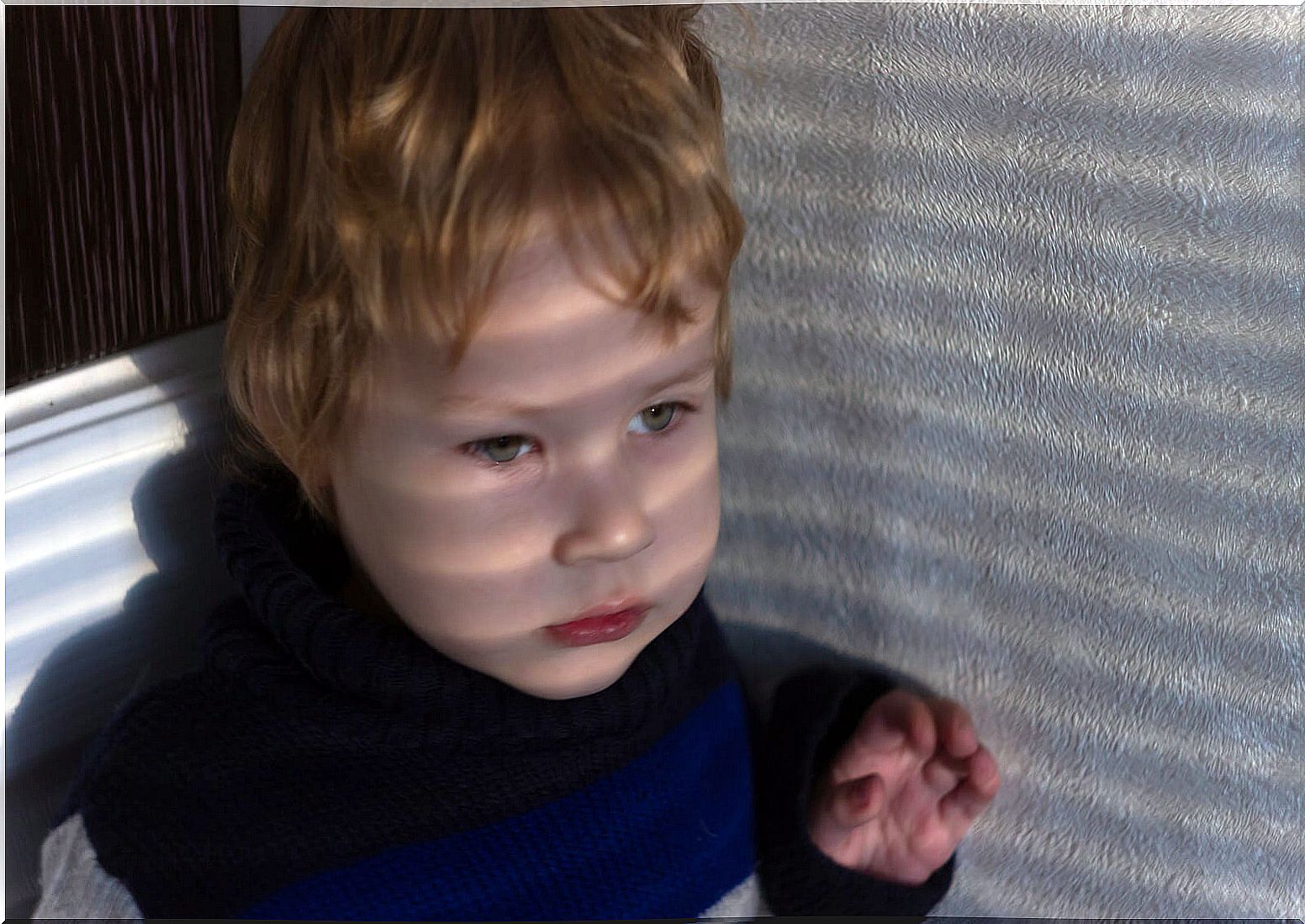
Caring personality
This personality arises when children learn that their needs are not important in the bond with their parents, and this is generalized in relationships with others.
The little one tries to adapt his behavior to what others expect of him and he does so by taking care of himself. Try to please and satisfy everyone’s needs.
You develop a lot of internal anger, but do not express it for fear of being rejected, which can end up leading to an anxiety or personality disorder.
Perfectionist personality
Children come to believe that if they do everything well and are perfect, they will love them and everything will be fine. They try harder and harder to be better and are never satisfied, so they keep trying, but it is never enough.
This ends up becoming a search for pathological perfection, which will end up being part of their personality or leading to a disorder.
Indolent personality
The little ones who fear failure will try to avoid any situation that implies it. They end up blaming others if something doesn’t work out and they have no intention of putting in the effort to change something. This may be part of developmental development, but if it persists, it may indicate that it is part of a personality disorder.
Ultimately, with regard to personality disorders in children, it is important that parents give them the importance of attachment relationships with our children. This is going to be crucial to avoid problems in their emotional development.
It is important to note that, although in childhood and adolescence there are certain tendencies towards some problems, we cannot speak of personality disorders in themselves until the age of majority is reached. It is in these stages that your personality is developing.
